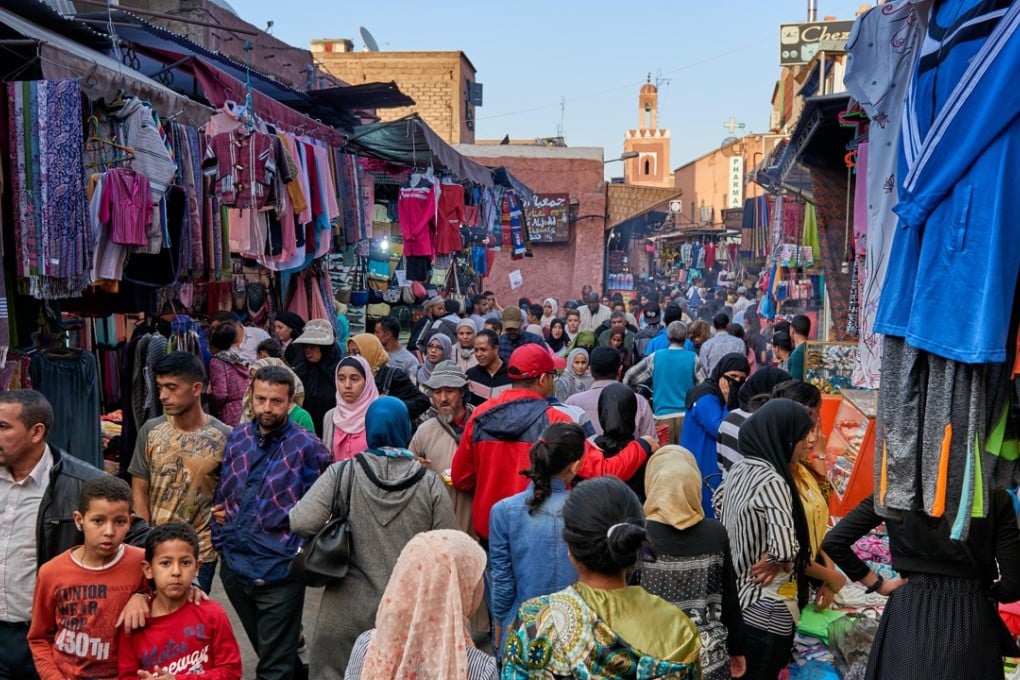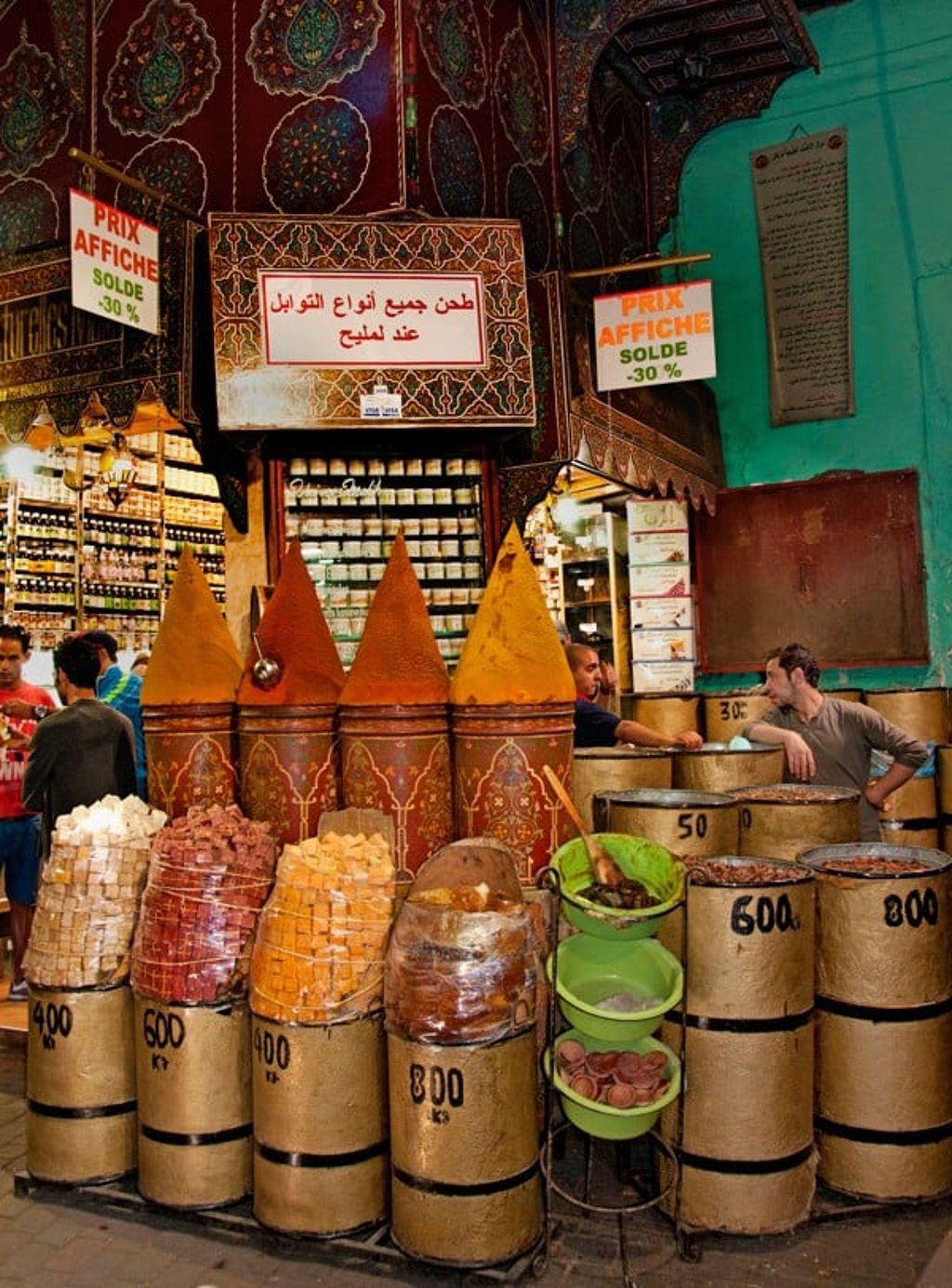The good, bad and ugly sides to Marrakech, Morocco for tourists
Snake charmers, acrobats and fortune-tellers enrich an already exotic destination but keep an eye on your wallet and dine with the locals

The good
Marrakech marches to its own beat. The former imperial capital is as manic as Mardi Gras and as hip as Hollywood. Throw yourself in at the deep end by exploring the twisting alleyways of the medieval medina, a fortified city within a city. From glassware to brassware, silverware to lacquerware, the souks (markets) brim with a bewildering array of handicrafts – but you’ll need to haggle hard. Apothecaries tout herbal remedies and heap coloured spices into perfectly shaped pyramids while, in the main square of Djemaa El Fna, the pyramids are comprised of humans.

The pandemonium peaks at sunset. The wailing call to prayer clashes with the cacophony below and the entire population of Marrakech seems to gravitate to Djemaa El Fna to see, be seen or be photographed with a cobra dangling around their neck. As the last traces of tangerine and crimson drain from the sky, dozens of food stalls appear as if by magic and travellers tuck into tagine, a slow-cooked clay pot casserole, rounded off with flaky pastries and mint tea.
British prime minister Winston Churchill was captivated with Marrakech during visits in the 1930s and 40s, declaring it “the last paradise on Earth” and “the loveliest spot in the world”. Fast forward 80 years and the accolades are still pouring in. TripAdvisor users chose the Moroccan must-see as the World’s Best Destination in 2015 and American travel guidebook publisher Fodor’s placed the Red City first in its 2018 Go List, describing it as “a dreamy maze of spice-scented streets filled with vendors, cafes and hidden palaces”.